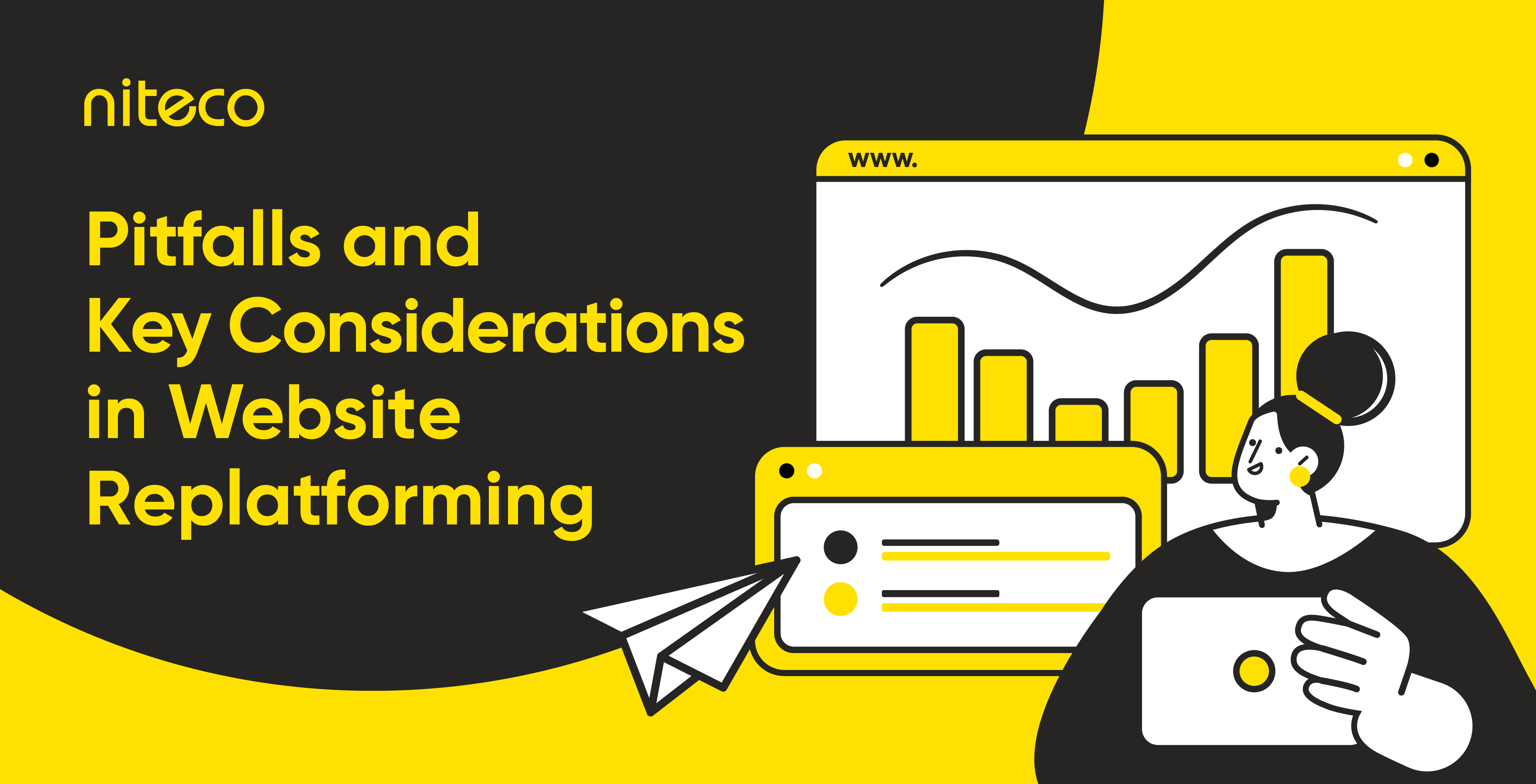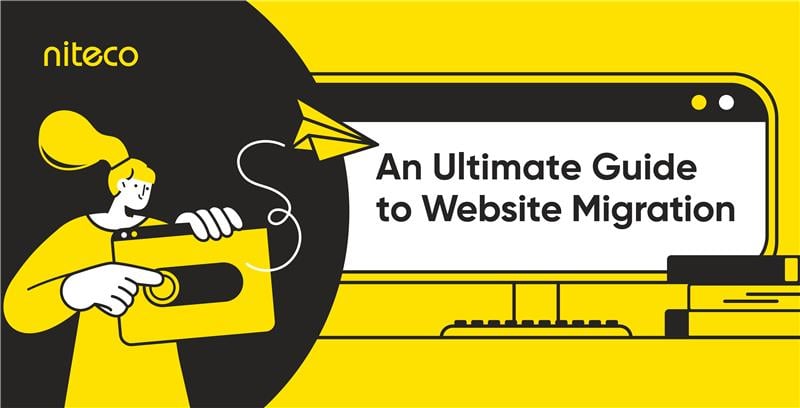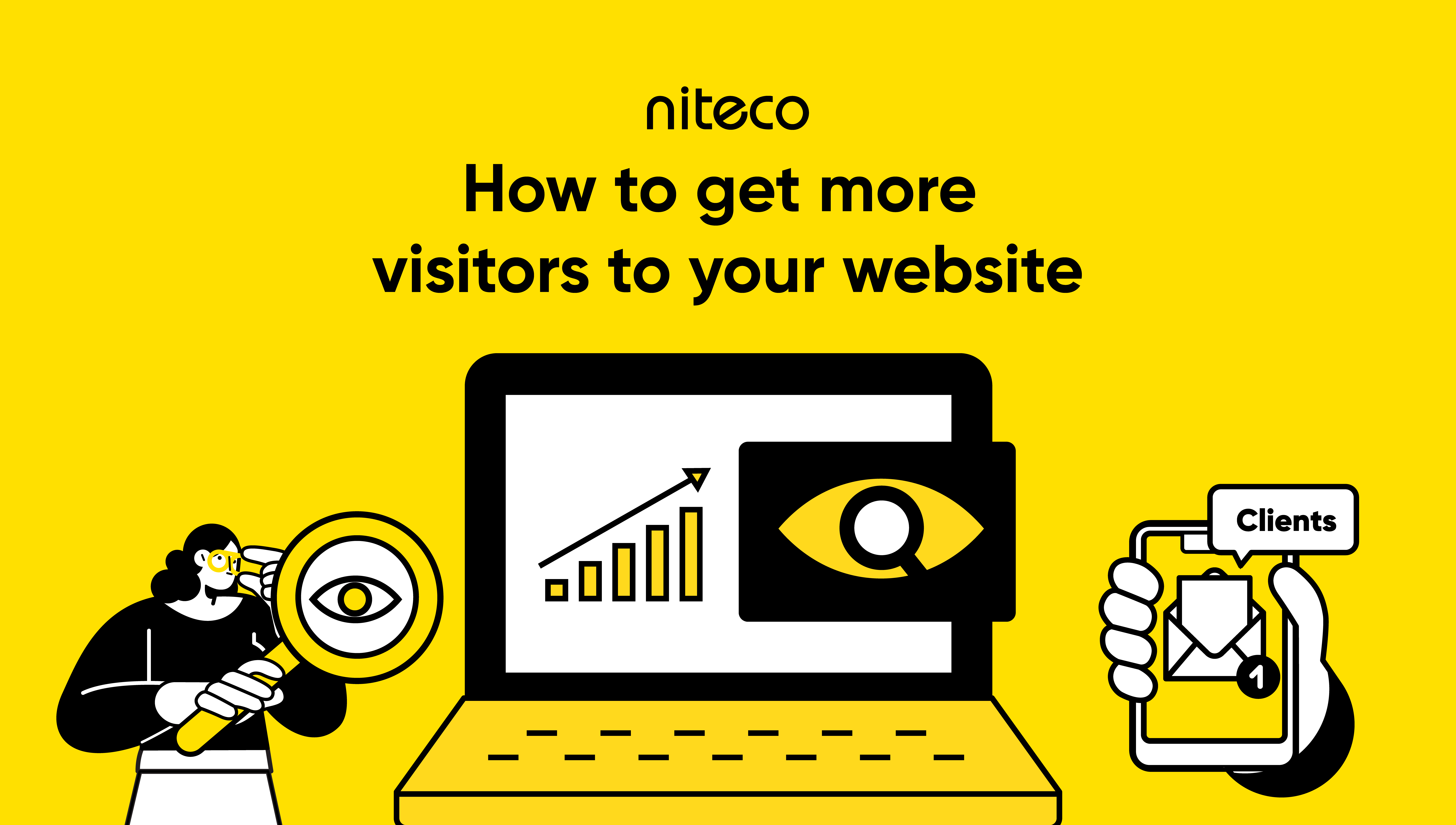In today's fast-paced digital world, customer expectations are at an all-time high, expecting smooth and personalized interactions across every touchpoint - be it websites, mobile apps, or social media. This growing demand has turned digital experience into a major competitive edge, pushing companies to deliver consistent and engaging user journeys.
As a result, there has been a transition from traditional content management systems (CMS) to advanced Digital Experience Platforms (DXPs). The latest research report by Fact.MR places the global digital experience platform market at a value of US$ 13.85 billion in 2024. The market is projected to hit US$ 40.04 billion by 2034, growing at a CAGR of 11.2%. In contrast, traditional CMSs remain widely valued at $31.71 billion in 2024 (Grand View Research) but are increasingly being complemented or replaced by DXPs.
In this article, we’ll explore the key differences in the DXP vs CMS debate, and more importantly, guide business decision-makers in selecting the right solution based on their specific goals, scale, and digital strategy.
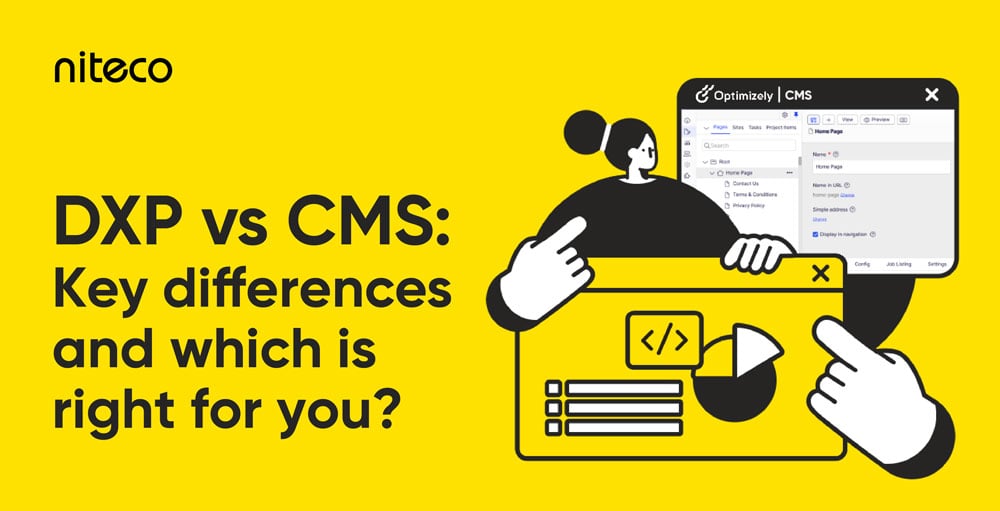
What is a CMS?
A Content Management System (CMS) is a software application that allows users to create, manage, and publish digital content - most commonly for websites - without the need for deep technical knowledge or custom coding. It provides an intuitive interface for handling tasks such as writing, editing, and organizing content, making it accessible for non-developers to maintain a web presence.
A traditional CMS focuses on three core capabilities:
- Content storage: Organizing content in a structured database, separating it from design elements.
- Content editing: Allowing users to create and modify content through visual editors, often with WYSIWYG (What You See Is What You Get) interfaces.
- Content publishing: Facilitating the scheduling and publishing of content to websites, with tools for managing navigation, metadata, and user permissions.
Common CMS examples
- WordPress: The most widely used CMS, known for its user - friendliness, vast plugin ecosystem, and suitability for blogs, small to large business websites. As of April 2025, WordPress remains the dominant CMS, powering 43.4% of all websites and holding a 61.4% share among sites using a known CMS.
- Optimizely (formerly Optimizely): A powerful, enterprise-grade CMS that’s evolved into a full-featured DXP. It’s favored by organizations needing robust personalization, testing capabilities, and seamless integration with marketing and commerce tools. Notably, Optimizely was named a Leader in Gartner’s 2025 Magic Quadrant for Content Marketing Platforms, underscoring its significant role in the DXP landscape.
- Contentful: A modern, API - first “headless” CMS designed for flexibility and scalability. Contentful is a popular choice for teams building omnichannel experiences, enabling developers and marketers to manage content independently across platforms like web, mobile apps, and IoT devices. As of 2024, Contentful is among the leading vendors in the headless CMS market.
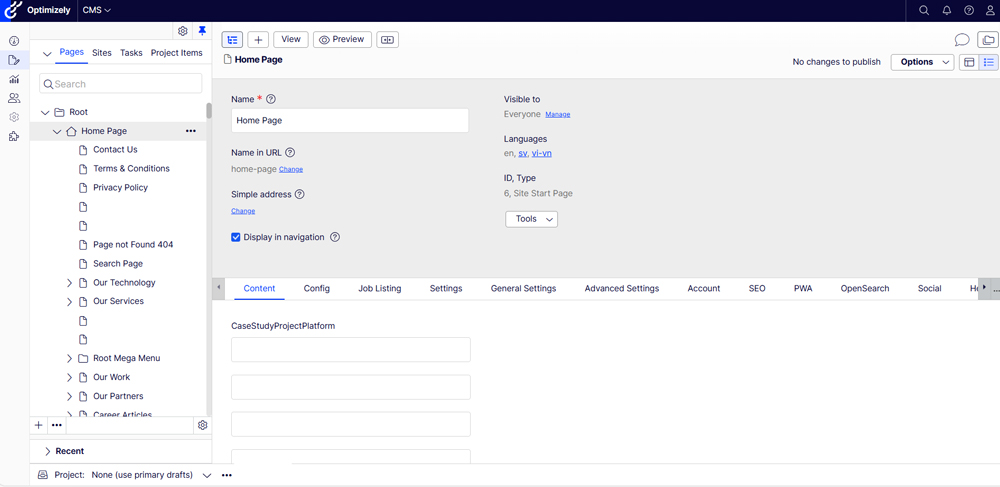
An example of a Content Management System - Optimizely CMS
While traditional CMSs effectively manage website content, they often cater to single - channel delivery for desktop or mobile web browsers. However, as digital experiences evolve to encompass multiple channels - such as mobile apps, social media, and IoT devices - businesses are increasingly adopting more flexible solutions like headless CMSs and Digital Experience Platforms (DXPs) to deliver consistent and personalized content across various touchpoints.
What is a DXP?
A Digital Experience Platform (DXP) is an advanced software solution designed to create, manage, and deliver personalized digital experiences across multiple touchpoints. While a CMS focuses primarily on managing website content, a DXP integrates content with data, automation, and analytics to support complex customer journeys across web, mobile, apps, email, and more.
Modern DXPs offer a unified environment with key capabilities, including:
- Integration with CRM and marketing tools: DXPs connect with customer relationship management (CRM) systems, marketing automation platforms, and customer data platforms (CDPs) to facilitate personalized content delivery based on user behavior and preferences.
- Personalization and orchestration: They support real-time personalization, A/B testing, and targeted messaging to optimize user experiences at every interaction.
- Advanced analytics: Built-in data tools monitor performance and user engagement, offering insights to refine strategies and content.
These platforms are widely used by large enterprises managing complex digital ecosystems, particularly those delivering omnichannel experiences that require consistency across different platforms and regions. A full suite of DXP features is ideal for businesses with high demands in scalability, localization, and audience segmentation.
Leading DXP solutions include Optimizely, Adobe Experience Manager, and Acquia. These platforms offer robust capabilities for content management, customer insights, and scalable delivery, making them a go-to choice for companies looking to stay competitive in an increasingly digital-first world.
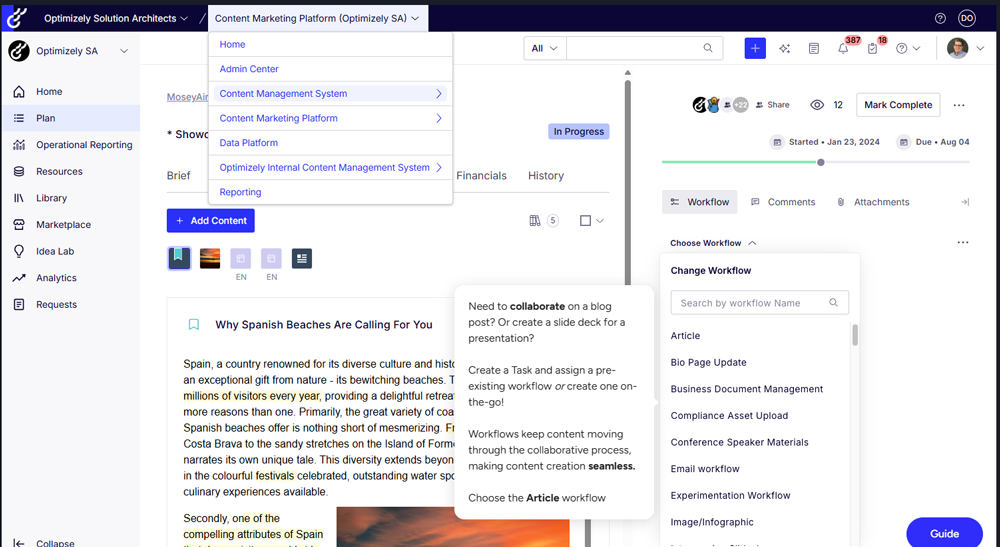
An example of a Digital Experience Platform - Optimizely DXP
Key differences between DXP and CMS
In today’s digital landscape, businesses need more than just content publishing - they need seamless, personalized experiences. Comparing CMS vs DXP helps clarify which solution best fits your organization’s goals and complexity.
|
Category |
CMS |
DXP |
|
Scope |
Primarily focused on content creation, editing, and publishing on websites. |
Oversees the entire digital experience across websites, apps, email, social, and other touchpoints. |
|
Functionality |
Core features include content storage, authoring, and publishing workflows. |
Merges content management with personalization, analytics, customer data, marketing automation, etc. |
|
Scalability |
Best suited for small to mid-sized websites with simple content requirements. |
Designed for large, complex enterprises with multi-site, multilingual, and omnichannel requirements. |
|
Integration |
Typically, has limited integrations; may need custom plugins for CRM or analytics tools. |
Built to integrate seamlessly with CRM, ERP, CDP, analytics, and third-party marketing tools. |
|
Personalization |
Some offer basic personalization (e.g., location-based or user role-specific content). |
Provides robust, real-time personalization using behavioral data and machine learning. |
|
User experience |
Primarily serves content editors and developers. |
Designed for cross-functional teams, including marketers, analysts, and developers. |
|
Support |
Relies on active developer communities, leading to variability in support quality. |
Typically offers vendor-backed support and enterprise-grade SLAs. |
In summary, while a CMS excels at organizing and publishing website content, it often falls short in addressing the broader demands of modern digital environments. This makes it an ideal choice for organizations that focus mainly on maintaining a straightforward online presence through a website or blog.
On the other hand, a DXP goes well beyond traditional content management. It empowers companies to craft cohesive and personalized digital experiences across all customer channels. With native support for advanced tools and seamless integration capabilities, DXPs enable marketing teams to adapt quickly, deliver consistent messaging, and optimize customer journeys.
Which is right for you: CMS or DXP?
Choosing between a CMS and a DXP isn’t always straightforward - especially with the growing complexity of digital strategies and rising customer expectations. Each platform serves its own unique purposes, and the right one for your organization depends on several factors, from your business goals to the size of your team and the level of personalization you want to deliver.
To help simplify the decision, here’s a breakdown of when a CMS may be sufficient for your needs and when it might be time to consider a more advanced solution like DXP.
When a CMS makes sense
A CMS is a versatile solution that suits organizations of all sizes, from small startups to large enterprises. It’s ideal for managing digital content across websites, blogs, or intranet portals.
A CMS keeps things simple and scalable, offering just enough functionality without overwhelming complexity - perfect for projects where speed, usability, and cost-effectiveness matter. With its intuitive interface, users of all skill levels can maintain a site’s content efficiently.
Key benefits:
- Streamlined content creation and publishing workflows
- Easy for non-technical users
- Rich ecosystem of themes and plugins, and extensions
- Affordable, with lower implementation and maintenance costs
Best fit if:
- Your website serves mainly as an informational hub
- You don’t need deep personalization or advanced analytics
- You have limited technical resources or budget
- You prefer a quick setup without heavy customization
Discover the top CMS platforms available today to help you create, manage, and optimize your website with ease and efficiency.
When to choose a DXP
A DXP is designed for organizations with complex digital needs, typically mid-sized to large enterprises. As already mentioned, it goes beyond mere content management - it unifies content, analytics, and experience management through every digital touchpoint in one powerful platform.
By centralizing content and customer insights, DXPs empower teams to launch highly personalized, data-driven campaigns while maintaining consistency across regions, brands, or channels. This makes it especially valuable for companies with global operations or sophisticated digital marketing strategies.
Key benefits:
- Dynamic personalization based on real-time customer data
- Smooth integration with CRMs, analytics, Commerce tools, and marketing tools
- Enterprise-level scalability for managing multi-site, multilingual experiences
- Cohesive omnichannel delivery-from web to mobile to email
Best fit if:
- Your brand relies on targeted, data-informed user experiences
- You need to coordinate content and campaigns across markets and platforms
- You require robust analytics and customer segmentation
- You want a future-proof solution with scalable digital infrastructure
As the largest certified Optimizely partner, let’s explore how we unlock the full potential of this well-known DXP and elevate the clients’ digital experience strategy.
Conclusion: Forge your future with the right digital platform
Choosing between a CMS and a DXP ultimately comes down to aligning your digital strategy with your overall business objectives. A CMS is a reliable, cost-effective option for managing content on straightforward websites or blogs, especially for smaller teams with limited technical expertise. However, as customer expectations evolve and businesses grow, many organizations find themselves needing the advanced capabilities a DXP provides-like seamless integration, personalization, and omnichannel experience management.
The key is to invest in a solution that not only meets your current needs but also scales your vision for the future. Whether you're just starting your digital journey or looking to modernize your infrastructure, the right platform will be the backbone of your digital success.
At Niteco, we specialize in helping companies navigate this critical choice. Our team works with you to assess your goals, challenges, and existing tools - then recommends a tailored solution that positions you for long-term growth.
Ready to find the right fit? Talk to our experts today and explore how our DXP services can help you maximize the value of your digital presence.
FAQs
A strong Digital Experience Platform (DXP) should offer not only content management but also personalization, customer data integration, marketing automation, analytics, and omnichannel delivery. The best ones also play nicely with other platforms like CRMs and Commerce tools, helping you deliver a seamless experience across every touchpoint.
You don’t always have to start from scratch. Many modern DXPs are built to be modular and composable, meaning you can integrate them with your current CMS. You can continue using your existing CMS while layering on DXP features like personalization engines, analytics, or customer data platforms (CDPs) to enhance your digital experience strategy.
Some CMS platforms offer add-ons or integrations that give you a few DXP-like features. But while this works for some businesses, a traditional CMS often can’t match the full range of capabilities a DXP delivers. As your digital needs grow, shifting to a modular or composable DXP setup gives you more room to scale.
It depends on how complex your setup is. A simple implementation might take a few months, while larger enterprise projects can run closer to a year. A phased rollout and a clear roadmap can make the process smoother - and help you see value sooner.
to transform your business and drive results?

